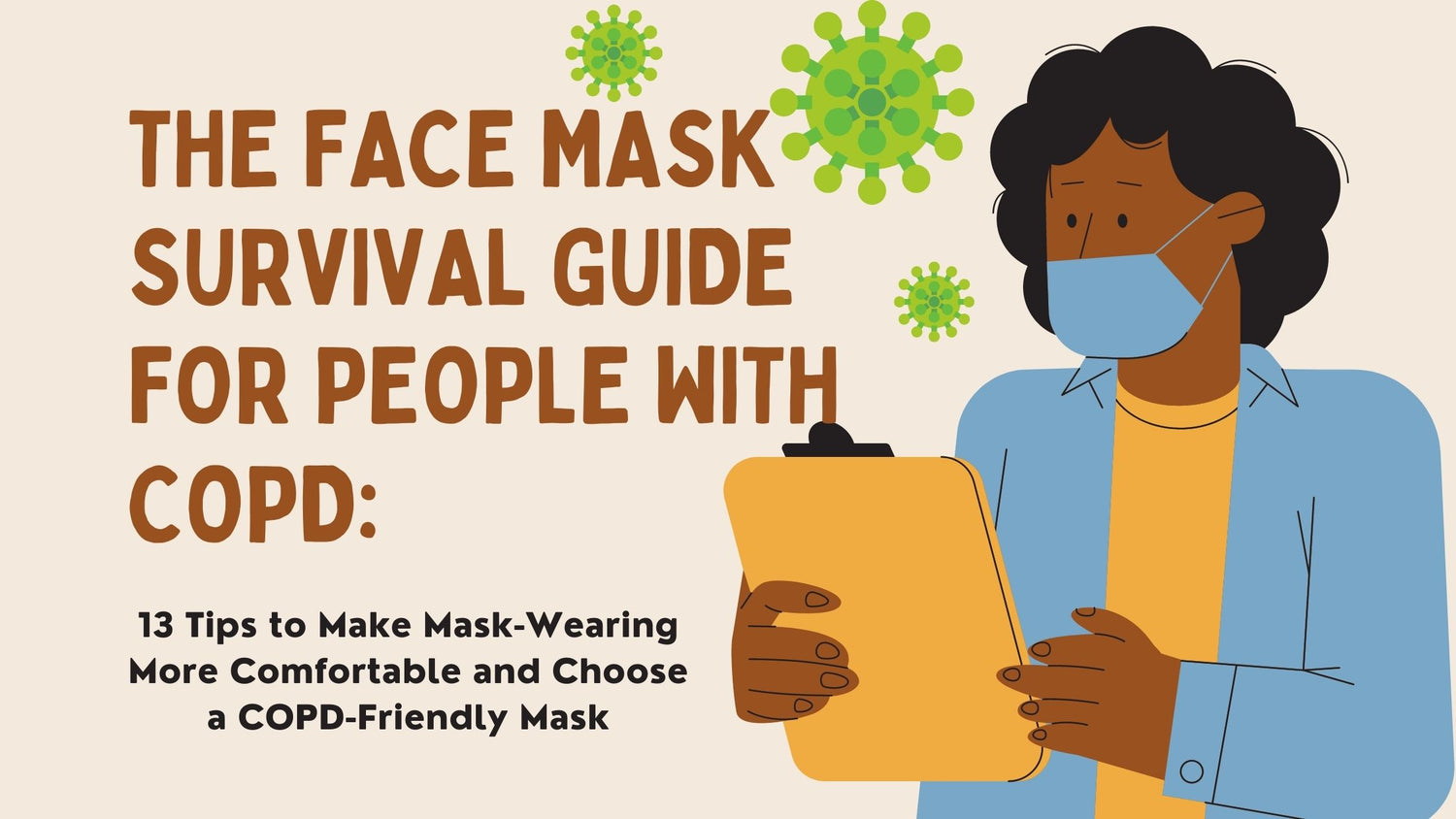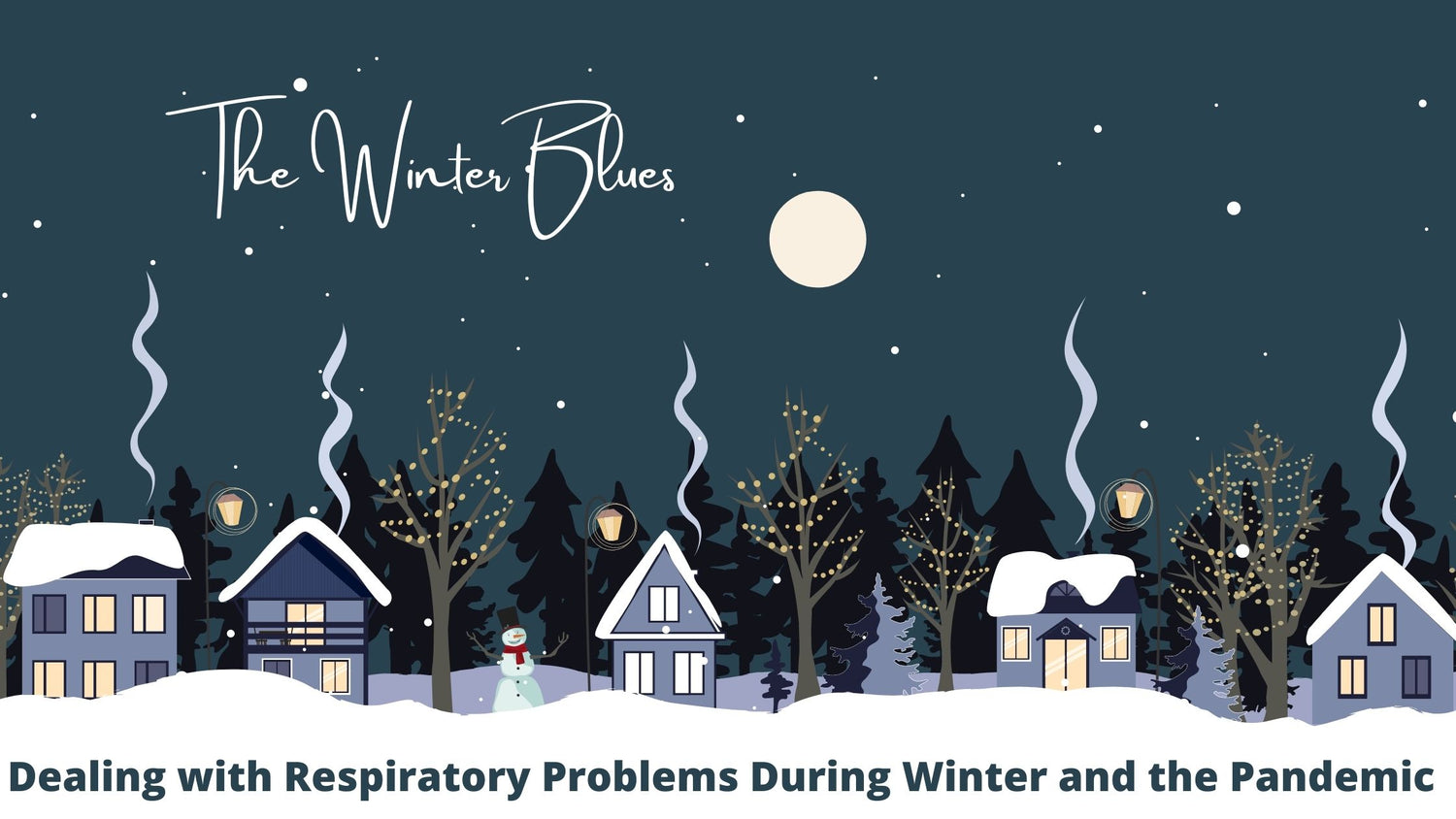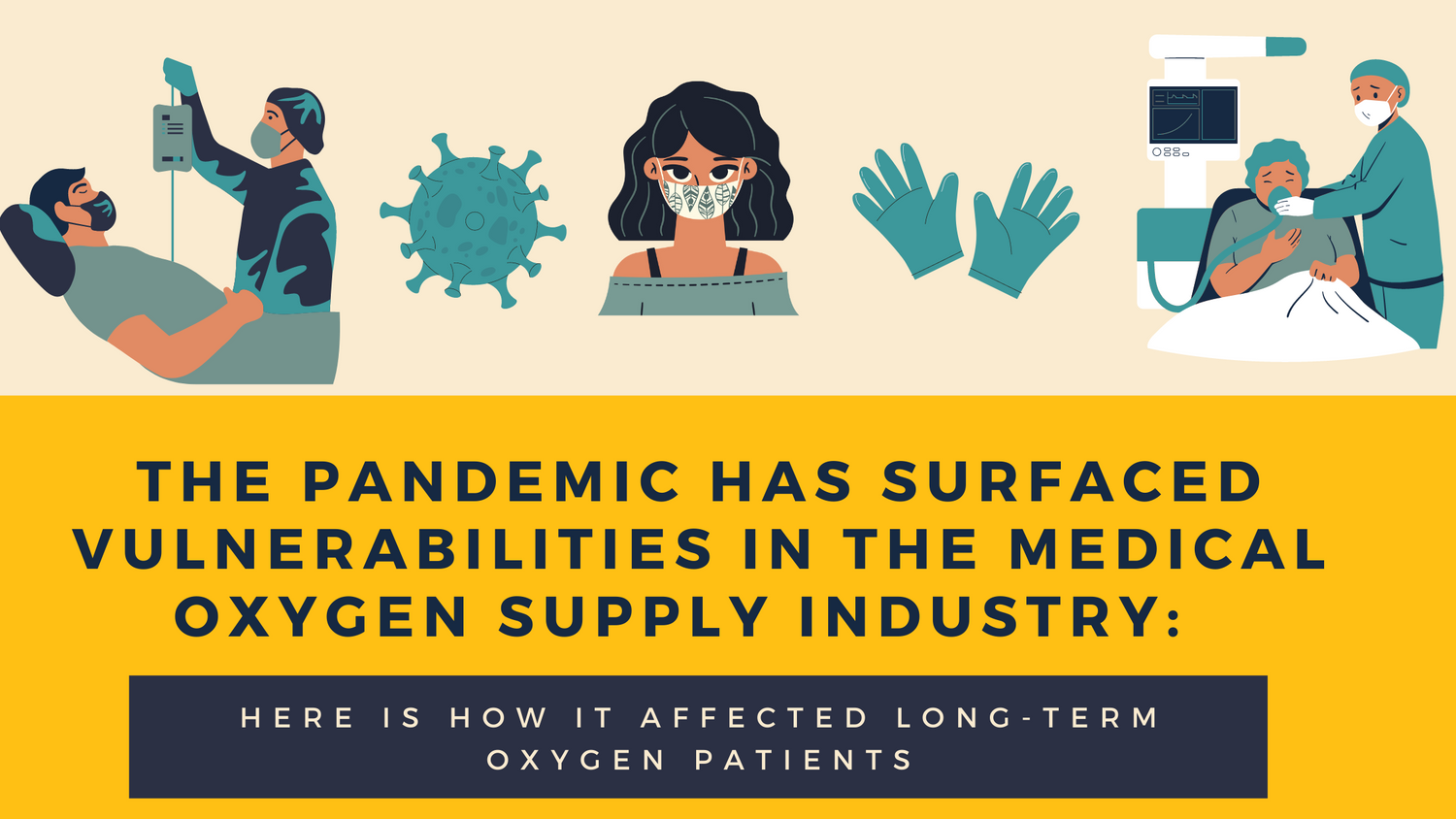Respiratory Resource Center - LPT Medical
The Face Mask Survival Guide for People with COPD: 13 Tips to Make Mask-Wearing More Comfortable ...
Mask-wearing is uncomfortable for just about everyone, but...
Read MoreHow to Deal With the Winter Blues and Respiratory Problems During the Pandemic
Happy Winter Solstice! But for many it is not...
Read MoreThe Pandemic has Surfaced Vulnerabilities in Medical Oxygen Supply Industry: Here is How It Affec...
The Johns Hopkins Center for Health Security reported...
Read More


